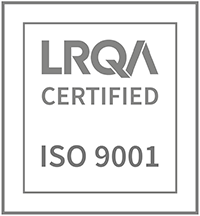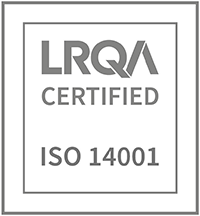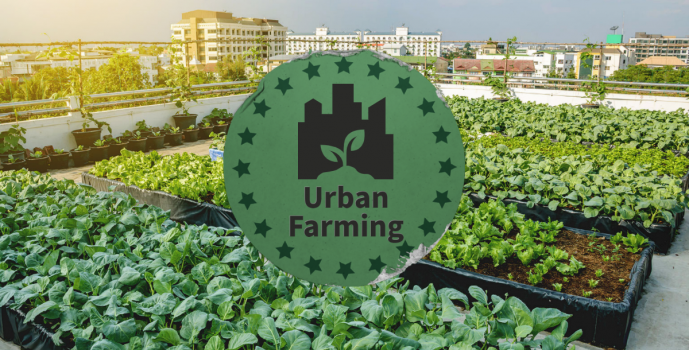Who can forget when the Pasona Urban Farm opened in the nine-storey office of a Japanese recruitment company in 2010 — in a bid to encourage employees to grow and harvest their own food at work?
While urban agriculture is nothing new — with people having sought ways to grow more in less space and with less soil for centuries — it’s certainly offering a very attractive opportunity for those who are actively looking for new ways to incorporate sustainable living into our daily lives.
Some buildings, naturally, have rooftops which lend themselves to the cultivation of crops — data centres being one. The mass of space atop these huge warehouses, and the heat which rises from inside, creates a great environment for a modern-age allotment with an extended growing season..
While the nature of the work inside a data centre means access must be strictly controlled, it does allow operators to give something back to local communities — often a key bargaining chip when applying for permission to build.
But, it isn’t just modern buildings that are benefiting from urban agriculture opportunities. High-rises within cities across Europe are converting this otherwise ‘lost’ square footage into spaces that residents, workers, or those living nearby can access and/or rent to grow their own fruit and vegetables.
Such is the growing trend in cities, that cafés or restaurants do have the opportunity to support their immediate local economy, bypurchasing fresh produce, such as hardy potatoes and carrots or delicate fruits grown nearby.
Given so many city-dwellers will often rely on the excellent local transport system of European cities, we’re also seeing supermarkets joining in the urban architecture movement, converting their largely-unused rooftop car parks into spaces to grow fresh herbs, flowers, and food — which can be sold within the stores below.
That said, there’s still work to be done in order to make the process from ‘soil to shelf’ a little slicker, as, on occasion, it can be cheaper and quicker to import stock from Spain, until the peripheral infrastructure arrives to clean and prepare the produce for sale, locally.
It does, however, make a nice change for those arriving into Paris by air, as the ‘urban sprawl’ you see with a birds’ eye view is slowly shifting from a sea of white buildings, to colourful green rooftops, filled with vegetation.
To find out more about amalgamating urban farming into your next project, speak to us.








